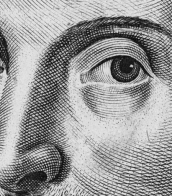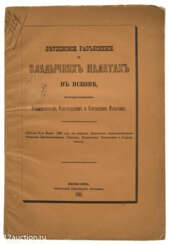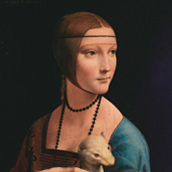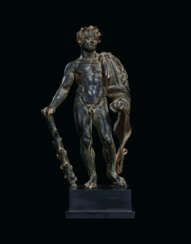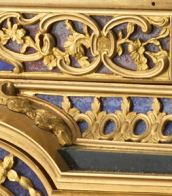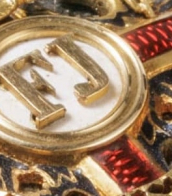48 Items by auctions and galleries:
period of alexander i
Lot 124 Six porcelain dinner plates from the Farm Palace Banquet Service, Imperial Porcelain Manufactory, St Petersburg, period of Nicholas I (1825-1855)
Russian Works of Art, Fabergé & Icons 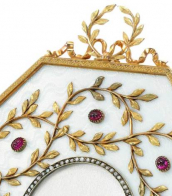

Sotheby´s
Russian Works of Art, Fabergé & Icons
Date: 09.06.2021 14:00 UTC +01:00
Number of lots in the catalog: 266
Lot 319 A PAIR OF GEORGE I BLACK, RED AND GILT-JAPANNED AND CHINESE LACQUER HALL CHAIRS
The Ann & Gordon Getty Collection: Volume 3 | English and European Furniture, Porcelain and Silver, Day Sale 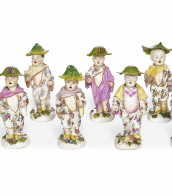

CHRISTIE'S
The Ann & Gordon Getty Collection: Volume 3 | English and European Furniture, Porcelain and Silver, Day Sale
Date: 22.10.2022 10:00 UTC -04:00
Number of lots in the catalog: 155
Lot 31 A MONUMENTAL GREEK HEAD OF ALEXANDER THE GREAT
Antiquities: Including Ancient Engraved Gems Formerly in the G. Sangiorgi Collection Part IV 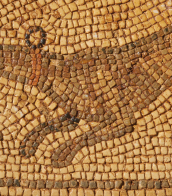

CHRISTIE'S
Antiquities: Including Ancient Engraved Gems Formerly in the G. Sangiorgi Collection Part IV
Date: 07.12.2022 13:00 UTC +01:00
Number of lots in the catalog: 131
Lot 116 An early archive of correspondence relative to his court martial
Valuable and Important Books and Manuscripts from the Library of Edward R. Leahy 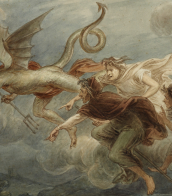

CHRISTIE'S
Valuable and Important Books and Manuscripts from the Library of Edward R. Leahy
Date: 06.10.2022 12:00 UTC -04:00
Number of lots in the catalog: 214


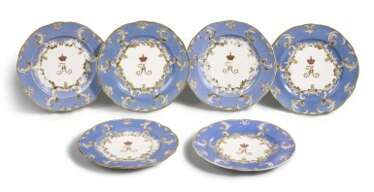

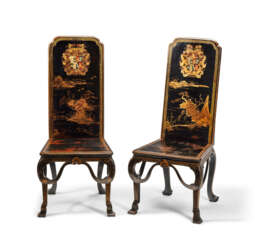



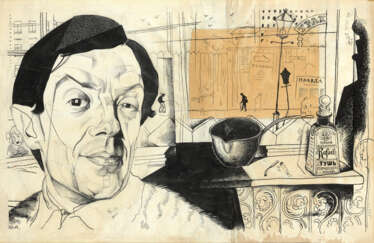

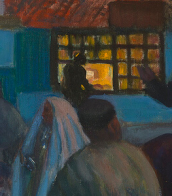






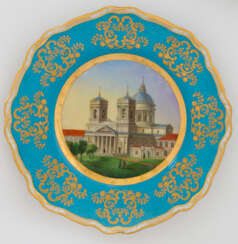

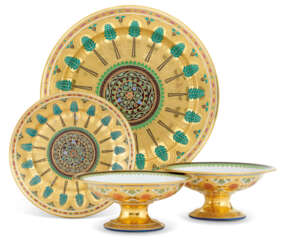

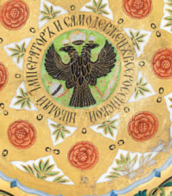
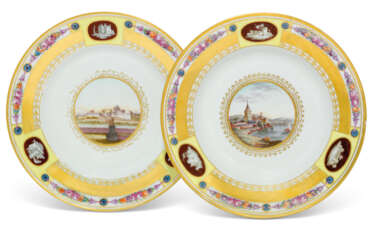

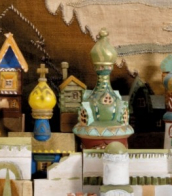


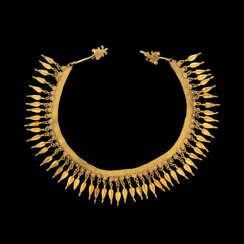

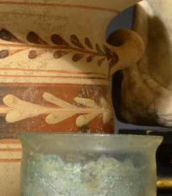
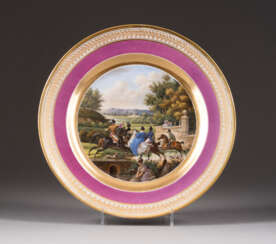

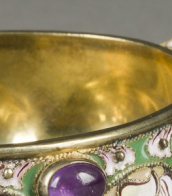
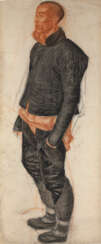

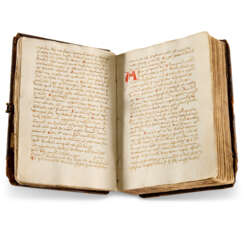


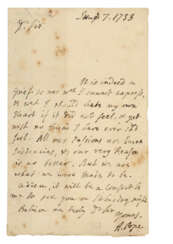




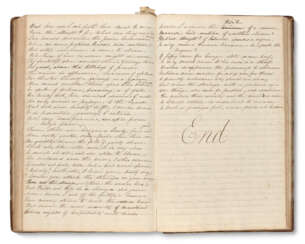


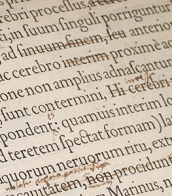
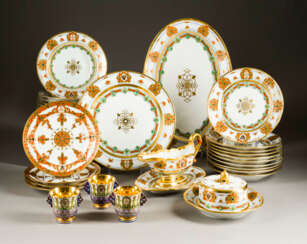

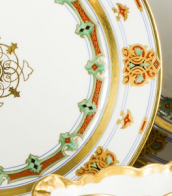





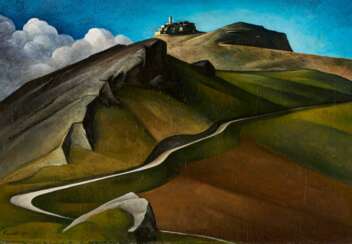

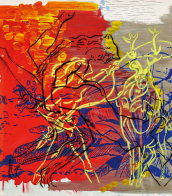
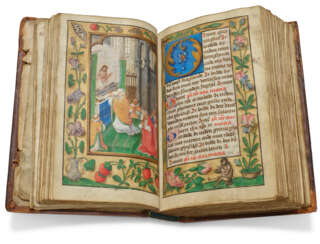


![[Browning], Elizabeth B. Barrett | "...the first utterances of my individuality."](/assets/image/picture_2293417/c8929/cm8xm1dcllfzxm1-x7bncw3ozsqlbcj-xzbyfsnxsdnyvefuxm3geydiv0us1658410906jpg__fix_374_244.jpeg)
![[Browning], Elizabeth B. Barrett | "...the first utterances of my individuality."](https://veryimportantlot.com/assets/image/picture_2293417/c8929/cm8xm1dcllfzxm1-x7bncw3ozsqlbcj-xzbyfsnxsdnyvefuxm3geydiv0us1658410906jpg__fix_374_244.jpeg)
